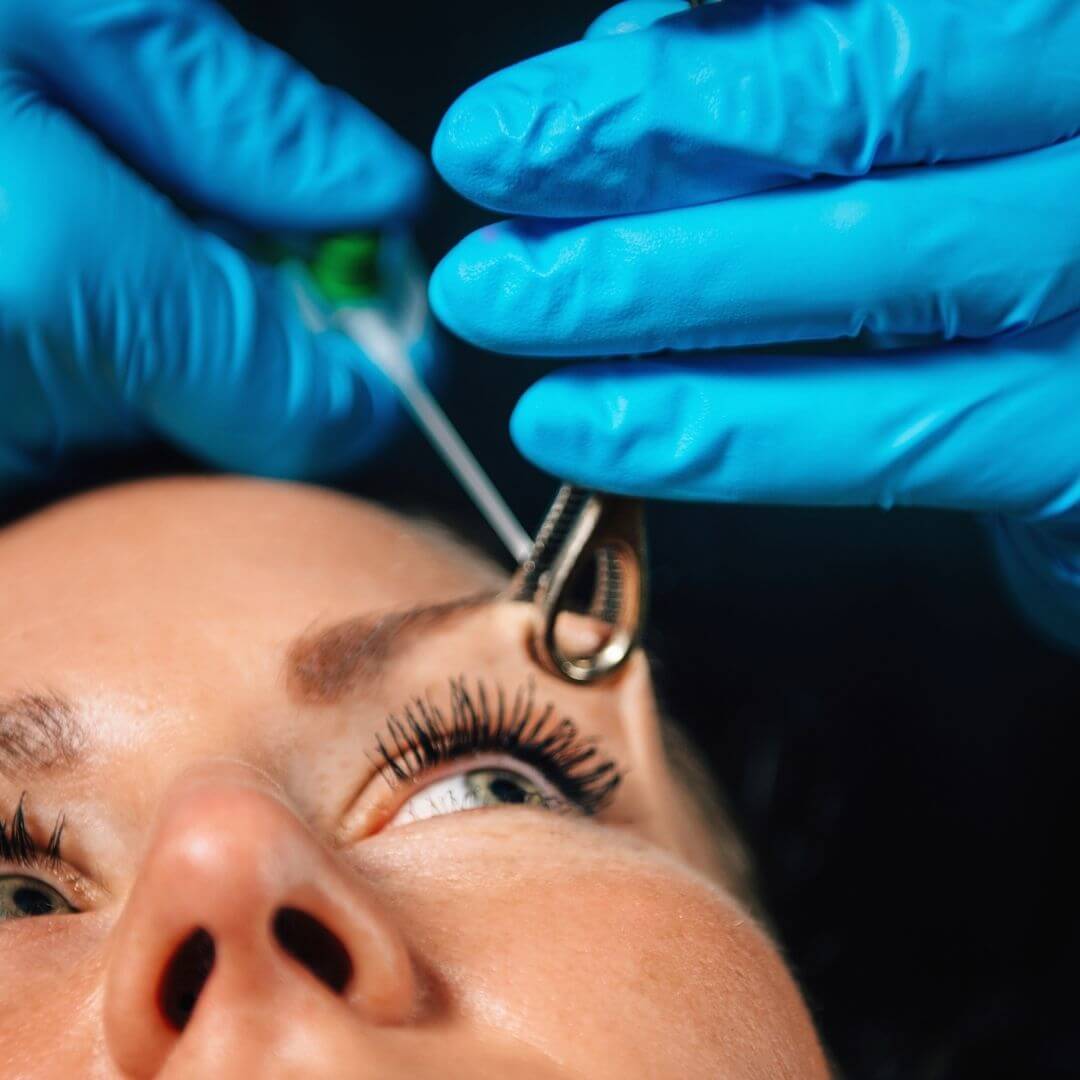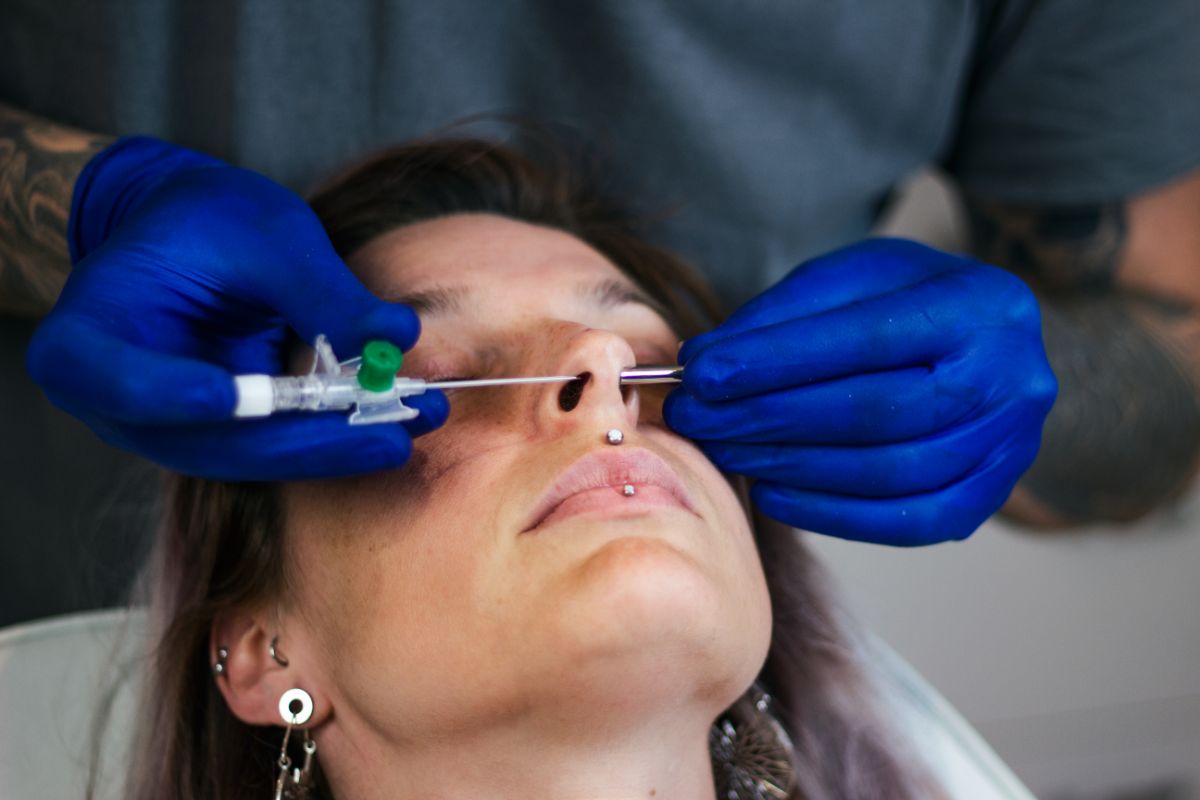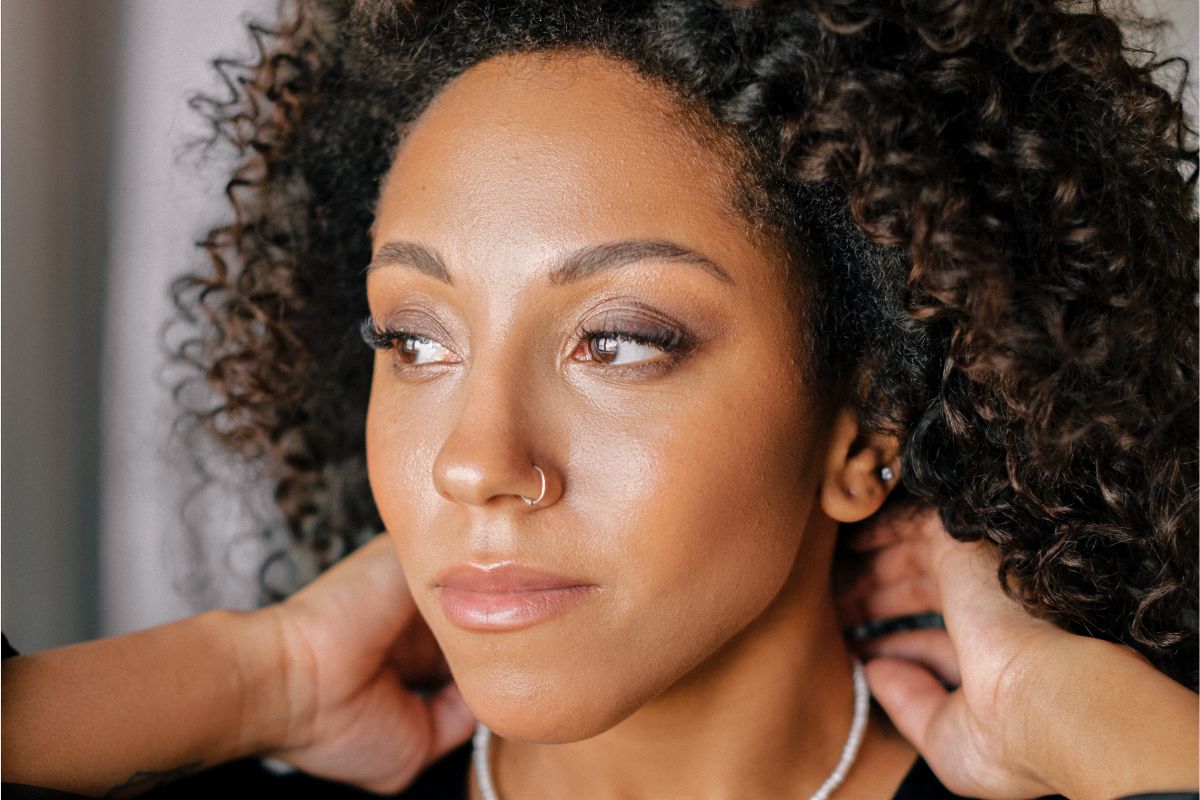There are four likely outcomes when you get a new piercing. One, it may heal well (lucky you). Two, it may get infected. Three, a piercing bump may develop, and four, a keloid bump may form.
Your skin can change after a piercing. Some changes are normal, while others require treatment. Two of the most talked-about skin changes that raise a lot of concern and confusion are a piercing bump and a keloid bump.
These two can be difficult to differentiate because they look almost identical, but with some research, you’ll be able to tell if you have a piercing or a keloid bump.

Identifying Piercing Bumps
Most people develop a small lump on their piercing site. The lump is known as a piercing bump. It’s a tiny bump that commonly forms on cartilage piercings like your nose or in your upper ear. A bump forms as your body’s immune system responds to the injury.
It’s normal to experience swelling, bruising, and slight bleeding on the site during the first few weeks. It’s also typical to experience itching, crusting around the site, and a whitish fluid oozing out of the wound.
Identifying Keloid Bumps
Keloid bumps are elevated scars that form following an injury or trauma to your skin. Keloids are thick fibrous tissues that grow in response to a cut in your skin, like in the case of a piercing. Skin cells known as fibroblasts produce excessive amounts of collagen, leading to the formation of keloids.
It takes three months to a year for keloids to form after an injury. It starts as raised brownish, purplish, reddish, or pinkish scars that darken over time. How it looks will depend on your skin tone and its location.
The texture also varies. Some keloids are rough, while others are smooth. They can also be rubbery or hard. Other symptoms of keloids include tenderness, itchiness, and pain.
Piercing Versus Keloid Bump
Location
A piercing bump is located around the site, while a keloid can extend beyond it.
Formation
Piercing bumps form right after the first day, while keloids develop much later, around 3 to 12 months.
Size
The size of a piercing bump varies, but it doesn’t get any bigger than it already is. Meanwhile, keloids usually start small and then grow more prominent over time.
Color
As for the color, piercing bumps have a pinkish hue while keloids vary. They can also darken with time.
Treatment Options
Keloid Bumps
Luckily, a keloid bump is easy to treat. There are plenty of treatment options available. Your treatment plan will depend on the size and the type of keloid you have.
Corticosteroids are the gold standard for treating keloids. The medication can help shrink the keloid in size. It takes approximately four injections every four weeks for the keloid to shrink significantly.
Some people undergo surgery to remove keloids. But, surgery won’t guarantee that the keloids won’t come back. There are cases where keloids return even after they’ve been surgically removed.
Laster treatment can also flatten the scar. For smaller keloids, doctors recommend cryotherapy. This treatment involves freezing the keloid until it softens and reduces in size.
Unfortunately, this treatment is not ideal for people with dark skin color as it can lead to changes in skin pigmentation. If you are prone to keloid formation, AAD recommends you should steer clear from piercings.
Piercing Bumps
Since piercing bumps are part of your body’s normal reaction to an injury, you don’t need to get it treated. But, professional piercers recommend that you keep your piercing site clean to avoid infection. Then, apply the saline solution over the area two times a day to keep infection at bay and expedite the healing process.
If you are unsure whether you have a piercing bump or a keloid bump, we suggest you see a dermatologist have it checked.

Are You Looking For A Reliable Cleaning Solution For Your Piercings?
A more convenient way is to get Dr. Piercing Aftercare swabs. These conveniently packaged swabs use advanced technology for easy, sanitary application.
At Dr. Piercing Aftercare, we’ve developed convenient medicated swabs that you can use to clean your piercings and keep infection away. We are proud of our products. They are made and tested in a cGMP compliant and FDA-registered facility in America.
We use advanced technology on our swabs for easy application. Each pack contains thirty-six medicated swabs that are proven and tested to promote your body’s natural healing process while preventing infection. Contact us today, or you can check out our website to learn more about our products.





